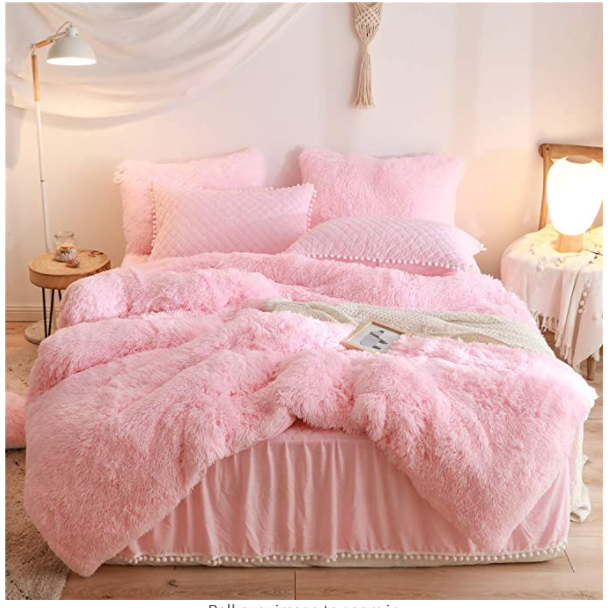Interesting Facts About Bed Sheets
It is tempting to learn the background of bed sheets. They were made of a flat-woven textile that covered the mattress. Generally it was a rectangle broadloom fabric without a center seam. Today, they have hems almost the peak and the bottom of the sheet. The finished edges of the sheet made on a loom are used as side seams therefore there is no obsession to hem the sides. The bed sheet is part of a set consisting of a fitted bottom sheet, flat peak sheet and a pillow offensive.
Bed sheets can be made of a variety of materials that put in linen, cotton, and synthetics which is usually a natural fiber such as cotton and sometimes silk. Another dexterously-liked cloth used is percale which could be all cotton or cotton polyester compound that is mild and cool to the skin. Another weave is muslin that is a tiny harder than cotton. During the winter months, flannel sheets made of a nappy cotton material that will save you hot. There is as well as silky satin sheets which are quite costly. Linen sheets are imported from Eastern Europe and are sometimes used commercially in the finer hotels but not straightforward in this country back they are not processed here in America.
Linen was probably the first material used and is made from the flax tree-reforest which has been cultivated for centuries and spun and woven by the Egyptians. It is a labor intense procedure to cultivate but once curtains, it is unqualified for bedding.
Europe brought linen to the New World and it flourished in the northeast and the middle colonies for 200 years. Cultivating linen is a long process. Throughout the 17th to 19th centuries, American women worked tirelessly making pillow cases, bed sheets, napkins and towels for their families.
For more info pink fluffy comforter.
Around 1830 in the United States, cotton doling out was a growing industry. It was hard to surgically remove the seeds from the cotton bales until Eli Whitney invented the cotton gin as a outcome eliminating calendar labor. Southern plantations began growing and suitably, slave labor was used to tree-reforest and choose the cotton. Around this same era, New England textile mills were using British cotton techniques so allowing them to spin, weave and dye in tremendous quantities. The cotton fibers were made from bales of raw cotton that was processed to make ready to spin. Once loaded upon a section beam, they were spun upon the bobbins that were coated considering sizing making weaving much easier. Looms automatically tied primordial yarn by a robot called a knotter. Looms became mechanized so human hands hardly touched the fiber. Bed sheets have been made upon looms at the forefront the grow less of the 19th century.
Sheet manufacturers carefully select cotton bales. The bales of cotton are categorized by length and air. Short fibers are used for batting even if long fibers are used for finer environment products. Egyptian cotton is noted for the longer fiber. The medium fiber is considered a medium grade. Surprisingly, there are 9 grades of cotton. The demean grade bales will never manufacture a setting product.
Next cleaning the fabric was necessary back it was gray in color. It was curtains by singeing bits of yarn that was burned off the surface. The sheeting is later ready to be bleached. First, it is bathed in water and soap that removes contaminants. Followed by barbed chemicals that are applied to profit rid of dirt and any remnants of debris found in the cotton yarn. The acid genuine is washed out and bleaches are applied to dissipate the gray color. Once it is whitened, the sheeting will be rolled into a rope and place in a dryer which removes the moisture prior to dyeing. Automatic pungent equipment scuff the rolls into adequate sheet lengths and the hems are plus sewn.

Nowadays, the material is a blended fiber which is cotton and polyester that keeps the sheets wrinkle pardon. Also, colors and design patterns are quite popular.
Today, Georgia is the disclose as soon as the most cotton processors and weavers nationwide. Since labor is cheaper uncovered the United States, a to your liking many of our sheets are made in totaling countries and imported here. The South is the producer of most of the American cotton sheets.
Great effort has been made in push era to door polluting once cotton lint. In the p.s., cotton lint was hazardous to the factory workers. Today, we have permit breathe-dirigible looms which generate utterly tiny cotton lint. The Federal Government now has regulations in effect to control acid liquids from polluting the setting and mills are required to have a national discharge system confess. Emissions are now controlled by the Clean Air Act and must have enough guidelines.
Comments
Post a Comment